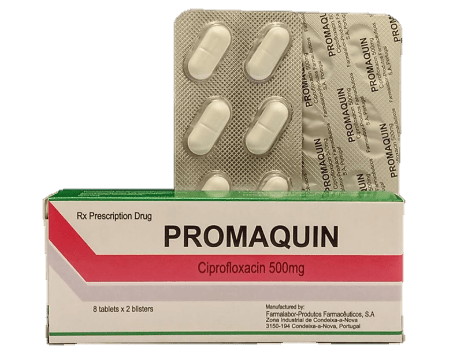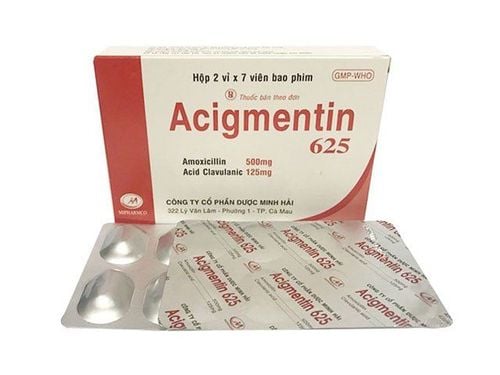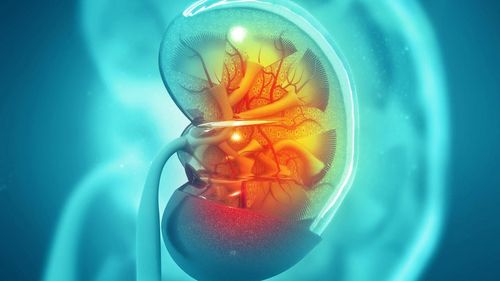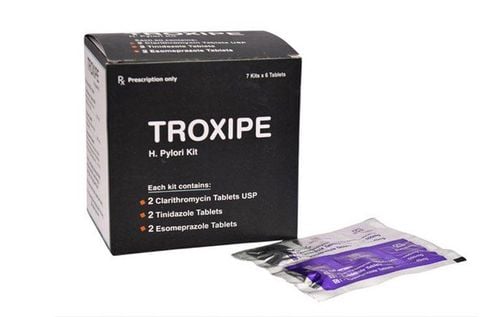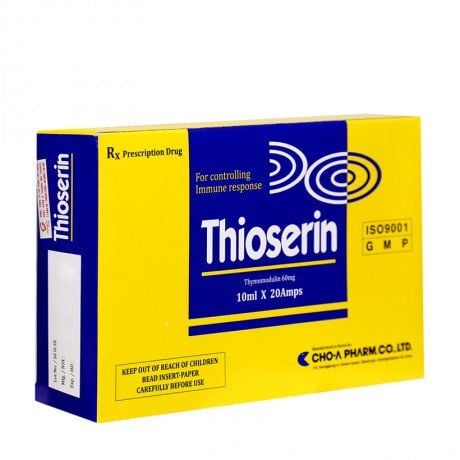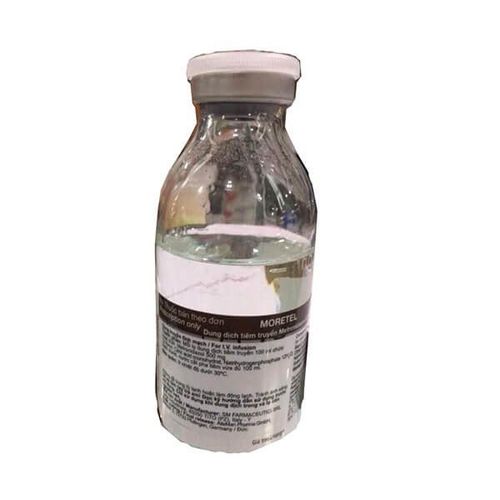This is an automatically translated article.
Posted by Specialist Doctor I Dang Thi Ngoc Chuong - Pediatrician - Department of Pediatrics - Neonatology, Vinmec Central Park International General Hospital.1. Strep throat in children caused by strep
Acute pharyngitis is one of the most common reasons for physician visits in an emergency care or clinic setting. Typically, incidence peaks in childhood and adolescence, accounting for nearly 50% of all annual visits. Although the prevalence is quite high, a large number of cases of pharyngitis in particular and respiratory infections in general are viral and self-limited. However, group A streptococcus or group A streptococcus is the most common bacterial cause of acute pharyngitis, accounting for 5% to 15% of all adult cases and up to 20% to 30% of all cases. pediatric.Streptococcus pyogenes, also known as Group A Streptococcus, is a gram-positive cocci that is easy to grow in culture, growing in chains. It is the most common bacterial cause of pharyngitis in children and adolescents with the highest incidence in winter and early spring. Furthermore, streptococcal pharyngitis is also more common in school-age children or in people who have direct contact with children in this age group.
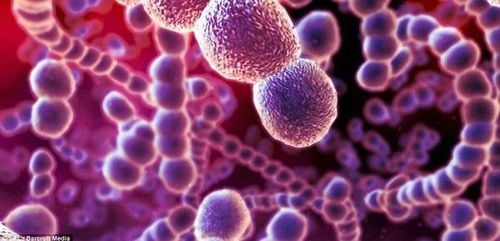
2. How to diagnose strep throat in children?
Common symptoms of purulent pharyngitis in children caused by strep are children complaining of sore throat, increasing pain when swallowing, causing children to eat poorly, stop eating; Observed red throat and swollen tonsils, sometimes white spots or pus-filled spots on the throat surface. In addition, the child may have a fever with painful swollen lymph nodes in the neck area, headache, fatigue, and a skin rash.However, the above signs are not specific for strep throat in children. Indeed, many studies have shown that a history and physical examination alone do not help doctors accurately diagnose strep throat, which can be confused with other agents. However, if the child has a history of sore throat, sudden onset of fever, no cough, and has been in contact with someone with strep throat within the previous 2 weeks, this may suggest strep throat. increase higher. At the same time, pharyngoscopy images such as edema, pseudomembranous or petechiae are also valuable suggestions.
Tests to aid in the diagnosis of strep throat in children may include a culture of bacteria obtained from a patient specimen and a rapid antigen blood test as a first aid measure to assist the physician. Doctor diagnoses strep throat.
3. How to treat strep throat in children?
The primary goals of treating streptococcal pharyngitis in children include reducing the duration and severity of the child's symptoms, preventing acute and late complications, and preventing complications. the spread of the disease to others.
In the case of a child with a history of frequent penicillin allergy, the drug of choice is clindamycin (7 mg/kg/dose, 3 times daily; maximum = 300 mg/dose for 10 days) , clarithromycin (7.5 mg/kg/dose, twice daily and maximum 250 mg/dose for a 10-day period) or azithromycin (12 mg/kg once daily, up to a maximum of 500 mg/dose for a 5-day period) ). Alternatively, a first-generation cephalosporin antibiotic (cephalexin 20 mg/kg/dose, twice daily, up to a maximum of 500 mg/dose for a 10-day period) may also be used in patients without anaphylactic reaction to penicillin.
In addition to antibiotics, adjunctive therapies for children with strep throat should include pain relief with acetaminophen or nonsteroidal anti-inflammatory drugs (NSAIDs) as well as to reduce fever. For the routine adjuvant treatment of corticosteroids in children with streptococcal pharyngitis is not recommended.
After antibiotic treatment, the child's symptoms can quickly improve within one to three days and the child can return to school, play, run and jump after 24 hours of treatment. At this point, continued antibiotic regimens aimed at relapse prevention are not recommended after a course of therapy unless the child has a history of acute rheumatic fever or another streptococcal complication. Likewise, post-exposure prophylaxis is also not recommended unless the child has a history of acute rheumatic fever where prophylactic measures should be emphasized.
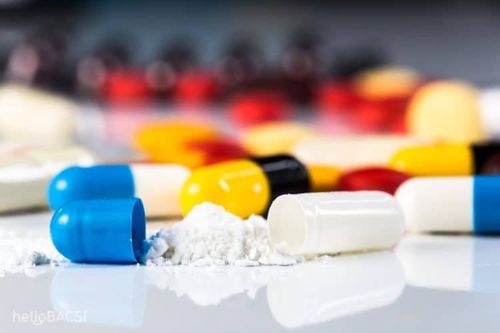
4. Danger of strep throat in children
Purulent pharyngitis in children caused by streptococcus may have initial manifestations that are not so prominent and non-specific. However, as soon as the child has any abnormal signs, it is always necessary to take the child to the doctor for an examination. At this time, the child will be diagnosed and treated early, preventing more severe progression or possible unfortunate complications.Possible complications in streptococcal pharyngitis in children include cellulitis or tonsil abscess, otitis media, sinusitis, necrotizing pharyngitis, bacteremia, meningitis , brain abscess and septic thrombophlebitis of the varicocele. Besides, the irreversible complications of strep throat in children are acute rheumatic fever, post-streptococcal reactive arthritis, scarlet fever, streptococcal toxic shock syndrome, glomerulonephritis. Acute and autoimmune neuropsychiatric disorders in children associated with group A streptococci.
5. How to prevent strep throat in children?
Good hand hygiene and proper breathing habits can help reduce the spread of all types of group A streptococcal infections. Hand hygiene is especially important after coughing and sneeze and before preparing or eating food. For proper breathing habits including covering coughs or sneezes, children need guidance and practice from an early age.
In summary, respiratory infection with streptococcal pharyngitis in children is a fairly common infection in this age group. Aggressive treatment with antibiotics from the beginning should be done when the child has suspicious manifestations not only helps to reduce the severity of symptoms, reduce the possibility of spreading as well as prevent complications later.
Otolaryngology - Vinmec International General Hospital specializes in examining and treating common ENT diseases such as: rhinitis, pharyngitis, purulent pharyngitis, tonsillitis, tinnitus, non-caused rhinitis allergies, throat cancer; tumors of the head, face and neck, congenital malformations of the ear, nose and throat area by common surgical methods.
If you have a need for consultation and examination at Vinmec Hospitals under the national health system, please book an appointment on the website for service.
Please dial HOTLINE for more information or register for an appointment HERE. Download MyVinmec app to make appointments faster and to manage your bookings easily.
References: cdc.gov, ncbi.nlm.nih.gov





